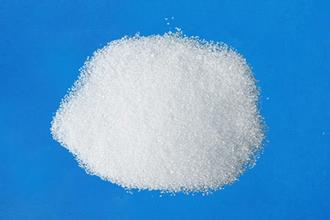Product Search
Quickly find the product you need
Products List
Refractory Knowledge
- Pros and cons of lightweight mullite bric
- Manufacturing process of fire clay insula
- The Use of Mullite Insulation Bricks
- the development of the refractory brick i
- Aggregates Used For the Production of Ins
- Thermal Shock Resistant Fireproof Heat In
- Production Process Methods of Refractory
- Classification of mullite insulation bric
- Pollution and treatment in the production
- Refractory material production process
Products List
- Phone:0086-370-63838939
- Email:sales@sunriserefr.com
- Office Address: No.36 Fengchan Road Of Zhengzhou, Henan, China (Mainland)
The Function of Additives in Fire Clay Insulation Brick
Date:2016-05-18 09:55 | From:Zhengzhou Sunrise Refractory | Author:admin
Additives are added into fire clay insulation brick to improve its properties and structure.

From the viewpoint of thermodynamics, the additives can react with carbon and protect the properties of the brick.
From the viewpoint of dynamics, additives can produce compounds by reacting with oxygen, carbon monoxide or carbon, change the microstructure of carbon composite materials and, as a result, increase the density, clog pores and hinder the diffusion of oxides.
For fire clay insulation brick, Al and Si, as additives, can inhibit oxidation, and improve the compactness of the structure and reduce the diffusion coefficient of the gas.
Fire clay insulation brick has advantages in slag resistance and thermal shock resistance due to the presence of graphite. Once if graphite is oxidized, the advantages will be lost. Therefore, in order to improve the performance of the bricks, metals and carbide are often added as additives to prevent the oxidation of graphite.

